India
2020 TSRQ2 – Infrastructure: Spacecraft/Satellites Overview
Spacecraft deployment numbers rose by five in 2019, increasing slightly to 466 spacecraft deployments last year. While deployments moved up, space vehicle launch attempts decreased from 114 in 2018 to 103 in 2019. The difference between. . .
Workforce: Global Space Workforce
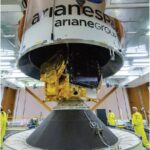

The space industry relies on tens of thousands of highly skilled workers to research and design, build, and operate advanced technologies that enable space activities and increase our understanding of the space environment. These highly skilled . . .
2020 TSRQ2 – Workforce: Space Workforce
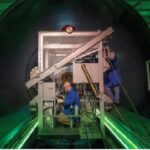
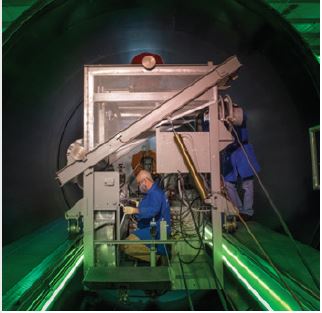
The space industry relies on tens of thousands of highly skilled workers to design, build, and operate advanced technologies that enable space activities and research that increases our understanding of the space environment.
2020 TSRQ1 – Economy Insights: Commercial Activity on the International Space Station

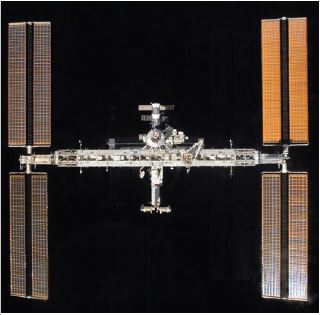
This year marks the 20th anniversary of human habitation on the International Space Station (ISS). That sustained success means NASA and the ISS U.S. National Laboratory, which share American resources on the orbiting facility, have transitioned from merely supporting life in space to . . .
2020 TSRQ1 – Infrastructure: Orbital Launch Vehicle Overview
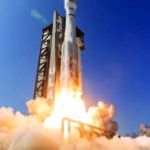
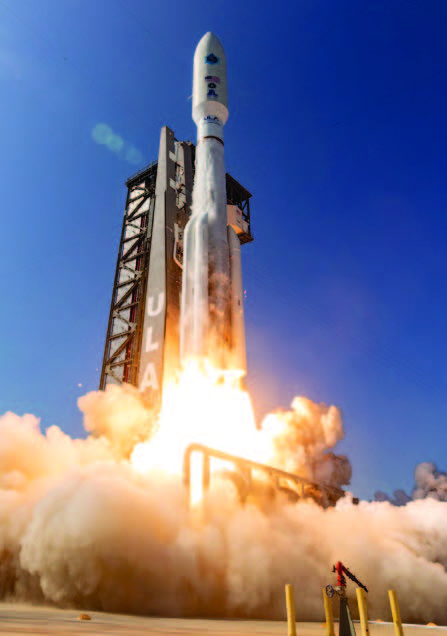 2019 Orbital Space Launch Activity Launch vehicle activities, despite the colloquialisms about rocket science, are routine enough that, on average, two launches occurred per week last year. Seven countries attempted…
2019 Orbital Space Launch Activity Launch vehicle activities, despite the colloquialisms about rocket science, are routine enough that, on average, two launches occurred per week last year. Seven countries attempted… 2019 TSRQ4 – Infrastructure: Spaceports
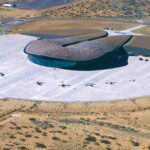
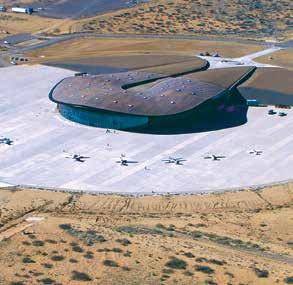
Spaceport upgrades and new spaceport development are at an all-time high, with 40 active launch sites around the globe, 10 more in development in the United States, Sweden, Australia and Canada, and 13 more proposed in eight countries. . .
2019 TSRQ2 – Economy: Non-U.S. Government Space Investment

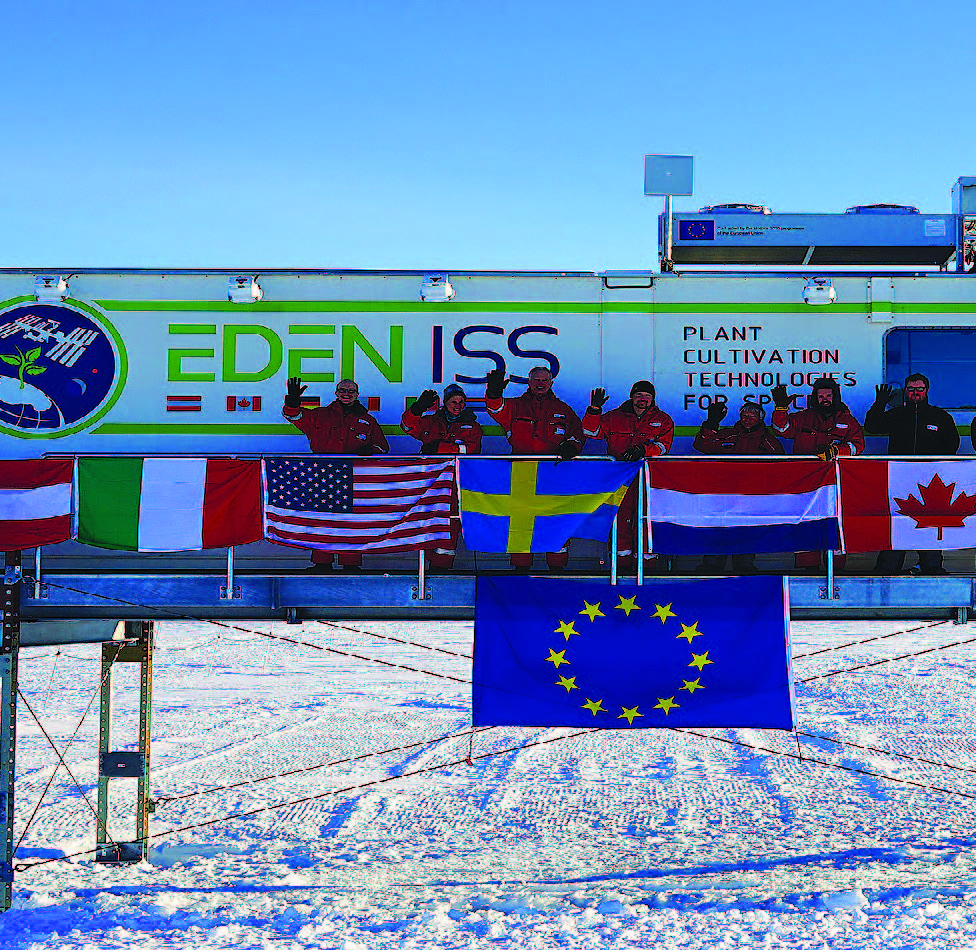
Growth in the government investment sector of the space economy outpaced commercial sectors as the U.S. and non-U.S. government shares of the global space economy between 2017 and 2018. . .
2019 TSRQ2 – Workforce: Domestic and International Space Industry Employment

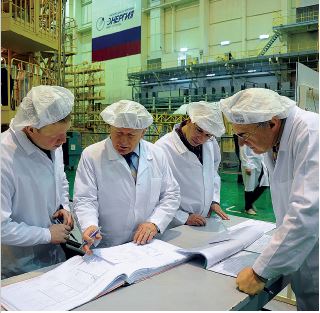
The global space industry employs hundreds of thousands of highly skilled individuals to design, produce, and operate cutting-edge technology. This dynamic workforce contributes to local economies, with clusters of innovative companies and service . . .
2019 TSRQ2 – Infrastructure: Orbital Launch Vehicle Overview
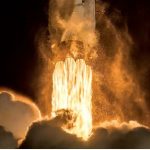
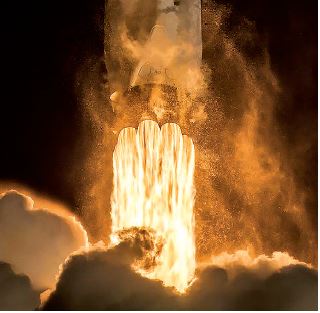 Introduction |Throughout 2018, nations, multinational organizations, industry, and academia launched payloads and experiments into orbit and on suborbital flights. Six nations, including the European Space Agency (ESA), continued, and in…
Introduction |Throughout 2018, nations, multinational organizations, industry, and academia launched payloads and experiments into orbit and on suborbital flights. Six nations, including the European Space Agency (ESA), continued, and in… 2019 Global Space Economy Analysis


Space is a global enterprise, with companies, private backers, and nations around the world investing in commercial, civil, and defense space sectors.